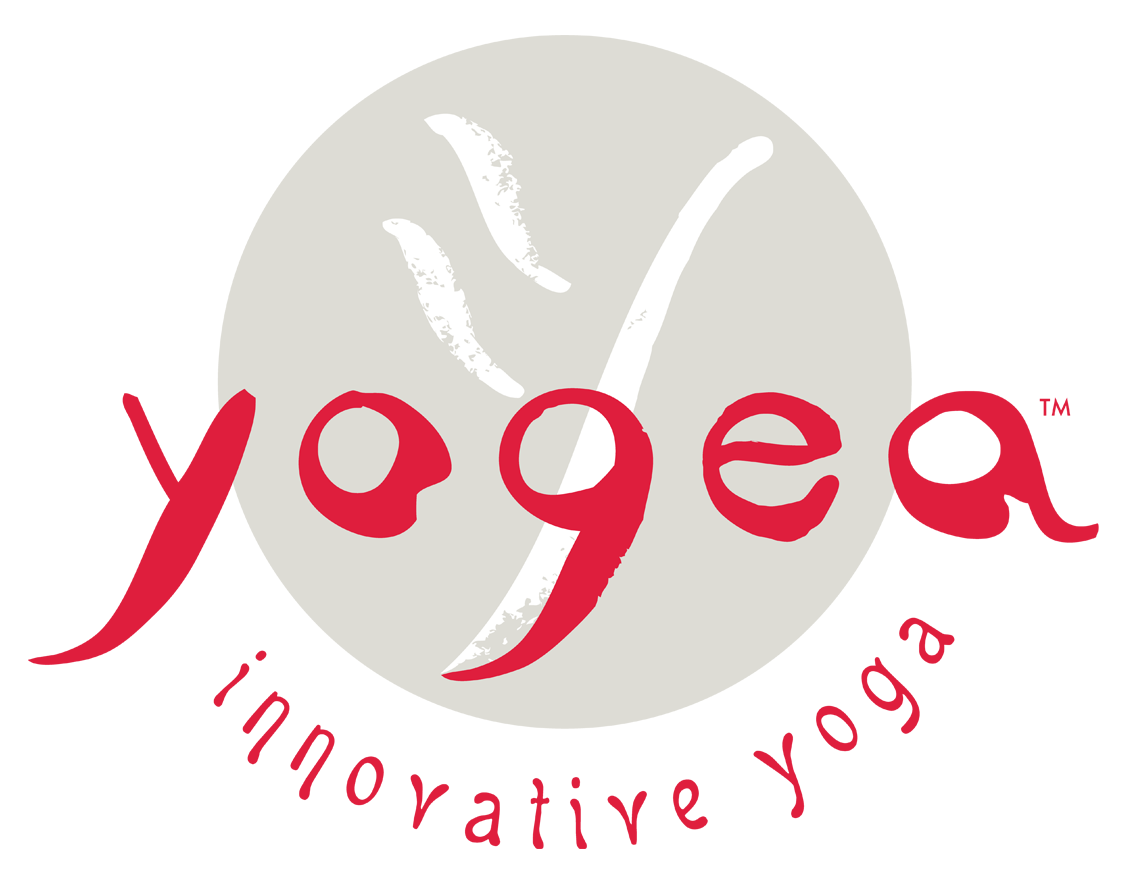Groove It
It feels awesome to groove through the practice. It’s not that you are actually dancing. You are still doing your poses, but the smooth transitions, rippling rhythm and fluid movement feels like a dance. I always emphasize transitions over positions in class. Maybe, because I come from a dancer’s background.
It has been exhilarating to bring my experience as a choreographer to the mat. I stuck to the same principles: rhythm, weight shift, dynamic, levels and axis and energy.
I never follow the same pace throughout the sequence. I make sure I break the trivial Vinyasa pattern with moments of undulation, pulsing, and spiraling. I use the spiral dynamic to transition safely and elegantly. And weight-shift becomes my lever to flow through the poses in a very juicy and delightful way.
I also enjoy level changes as they add multidimensionality to the practice. It feels great when from a standing pose, you surprisingly land into an arm balance, or a seated spinal twist, and then turn back up to yogi toe lock to open the legs and arms like two wings.
I use analogy and metaphor to enhance the coherence of the transitions, and I like to synch up the design with the theme that I am weaving through. I provide pockets of silence, and sudden thrusts of breath-work that always rhyme with the subject matter. I also pay special attention to the quality of the movement. Is it smooth and fluid? Does it ripple or cascade? Is it slow and solid?
In dance, movement is triggered by impulse. I always pinpoint where the impulse originates from, and trace it through the body into a sequential flow. If the movement quality is vibratory, then an exercise from tapping or dynamic breathing ushers into the actual asana. If the quality is in a slow motion, I emphasize the slow and grounded movement that creates resistance, and expands the range.
I am especially fond of seated to kneeling transitions, where I utilize principles of contraction and release, of bound and rebound, of suspension and recovery. I like to follow the body’s train of thought. There is an inherent congruence of the body’s flow that tells you how much to turn; how to tone down or amp up the dynamics; how to resolve into silence; or build up into a peak. I follow that corporal intuition candidly to discover new transitions and positions with each class.
And I love to remind students about the energetic continuity of each series. They are enthralled as they discover how energy shapes up form, and how the movement never stops, it just continues, even when it is seemingly still. Then, I address the internal movement and the inner energy – the ultimate impetus for any movement or combination to emerge. The whole flow is coherent and their movement congruent. They are in the zone.
Once I introduce students to this groovy flow, they are hooked for life. The other classes feel boring and uninspiring. I always reiterate, though, that we cannot and must not always seek the same yoga experience. Sometimes we need a more restorative pace. Other times, a dynamic but more static practice geared towards getting the alignment right. And often just a regimented Ashtanga class that never changes.
You should always heed to your needs, here and now. But if you ever want to move and groove, this practice will get your juices flowing, and your energy glowing.
Flow-Yoga Routine: Groove It (intermediate level)
This yoga routine strings classical and innovative poses that span all pose types, through fluid and seamless transitions. The novel sequencing undulates and pulses through levels and weight shift and will make you stand, slither, glide, kneel, recline, sit and rise and move every inch, muscle, fiber of your body. It’s ultimate “Nataraj” experience!

Leave a Reply